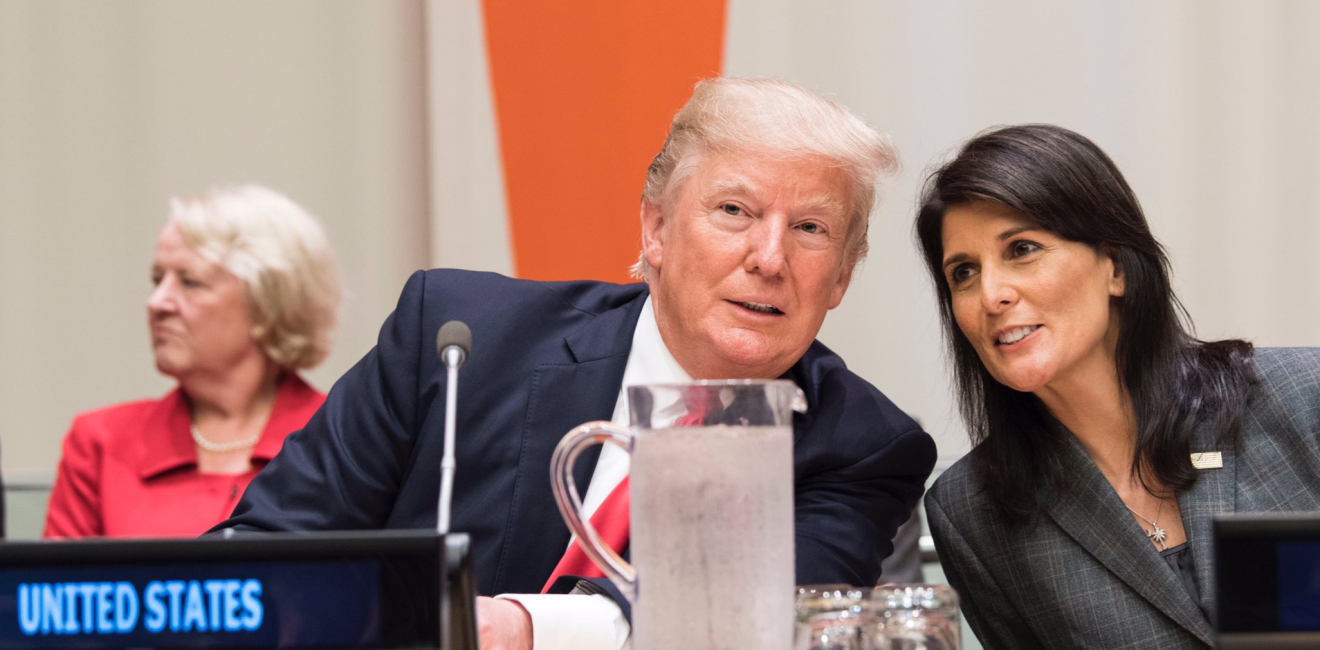The December round of NAFTA negotiations concluded with some progress on the easy issues, but none on the troublesome issues that could kill the agreement. Following the U.S. promise to ‘take the names’ of UN members that did not endorse the U.S. plan to move its embassy to Jerusalem, Santa’s lens might turn to North American trade where Canada and Mexico are on the White House naughty list in ALL CAPS.
Their major offence is a stubborn unwillingness to meet Robert Lighthizer’s ‘re-balancing’ agenda that would leave the Canada and Mexico worse off than they are now. Actually it would leave them worse off than Bahrain, since some of the ‘new’ NAFTA proposals are below what the US provides WTO member countries.
What the U.S. calls re-balancing, the other side calls poison pills or, more accurately, deal breakers. These include:
- Mechanisms to coerce manufacturing away from Mexico and Canada and centralize most production in the United States, disrupting the efficient supply chains of the some of the world’s most competitive manufacturers.
- Weaponizing the unilateral instruments of trade enforcement such as border and anti-dumping measures, while gutting the system of inter-state rules-based dispute settlement, and right of appeal.
In their overly polite way, the Canadian negotiators describe this as “competing visions of what it means to liberalize trade and reduce barriers,” but the Canadians are clearly worried. There is a growing belief that if President Trump does not see a deal he is happy with in January, he will trigger a U.S. withdrawal from the NAFTA. While there is disagreement on the extent to which the President has the legal power both to remove the U.S. from the deal and to erect new, punitive barriers without Congressional support, even the notice of intent to withdraw will have a major chilling effect on North American commerce and investment.
The December round was an attempt to set the stage for a package in January that could include a number of settled chapters. Some of areas where there is a landing zone for trilateral agreement are:
- Anti-Corruption
- State-Owned Enterprises
- Energy
- Digital Trade
- Financial Services
- Telecommunications
- Good Regulatory Practices
- Customs and Trade Facilitation
- Small-and-Medium Enterprises
- Technical Barriers to Trade
Pro-NAFTA voices in the United States – trade associations, farmers, everyone involved in the integrated North American supply chain -- are getting through to Congress but it is not clear what, if any, effect this will have on the one voice that matters, President Trump.
The January ‘package’ seems to provide little satisfaction to an administration obsessed with mandatory U.S. content in autos, Buy American preferences, and a sunset clause that would kill the deal after five years. It is ironic that the regulatory and border streamlining measures already agreed to will probably generate greater economic benefits to total North American trade than do the higher profile trade restrictions. Moreover, the new digital modernization, and small-and-medium enterprise rules provide an on-ramp for where our economic growth is headed, rather than focusing on grievances of the past.
The Mexicans and Canadians hold a faint hope that the President will finally realize that the destruction of North American supply chains will inflict significant damage on the United States as well. But the President and USTR believe that the asymmetry of the U.S.-Canada and U.S.-Mexico trade relationships give the U.S. the leverage it needs to bring America’s first- and second-largest export markets to their knees. What is not understood in the Oval Office is that negotiating with sovereign nations is completely different from low-balling a sub-contractor on a hotel. It is not that Canada and Mexico will not cede, but that politically they cannot accept demands requring them to self-destruct.
Author

Executive Director, Future Borders Coalition

Canada Institute
The mission of the Wilson Center's Canada Institute is to raise the level of knowledge of Canada in the United States, particularly within the Washington, DC policy community. Research projects, initiatives, podcasts, and publications cover contemporary Canada, US-Canadian relations, North American political economy, and Canada's global role as it intersects with US national interests. Read more


Mexico Institute
The Mexico Institute seeks to improve understanding, communication, and cooperation between Mexico and the United States by promoting original research, encouraging public discussion, and proposing policy options for enhancing the bilateral relationship. A binational Advisory Board, chaired by Luis Téllez and Earl Anthony Wayne, oversees the work of the Mexico Institute. Read more





